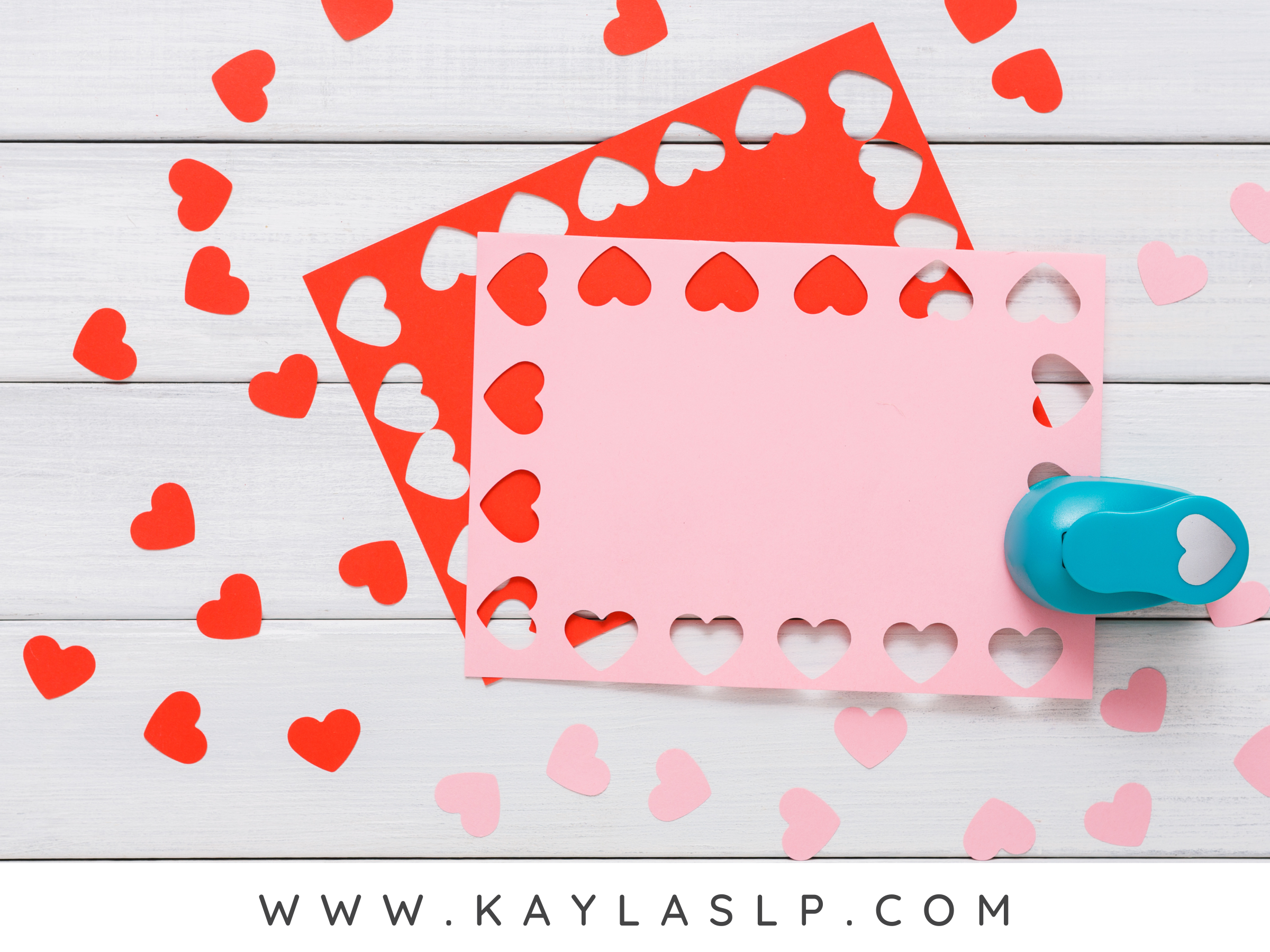How to Use Reward Cards in Speech-Language Therapy
In a previous post, I mentioned that I dumped the treasure chest in favor of using reward cards in my class as a form of behavior management. Several speech-language pathologists and teachers have reached out to me asking for more information, so here goes!
WHY USE REWARD CARDS?
Let's face it, keeping our clients motivated and engaged during therapy sessions can be a challenge. However, by incorporating punch cards and reward cards into our sessions, we can provide a simple, affordable, and rewarding behavior management system. In this blog post, we will discuss how SLPs can use this system and explain why they are a better alternative to a traditional treasure box reward system.
I primarily chose to use reward cards to:
save money
reduce complaints from students regarding what prizes were/were not available
save my sanity.
HOW DO THEY WORK?
Punch cards and reward cards work by providing clients with a visual representation of their progress toward a specific reward. Each time a client meets a specific behavior goal (for example, working hard during the speech therapy session, staying on task, etc.), they receive a punch on their card. Once the card is filled up with punches, the client receives a reward. In this case, the reward would be a reward card!
WHAT ARE THE BENEFITS?
There are several benefits to using punch cards and reward cards as behavior management tools. First off, they are a cost-effective alternative to a traditional treasure box reward system. While a treasure box requires the purchase of small items to be given as rewards, punch cards and reward cards only require paper, a printer, and a hole punch. They're the best money-saving option!
Punch cards and reward cards provide clients with a visual representation of their progress toward a specific goal. Your clients know they need a certain number of punches (3, 5, 10 - whatever you set as their goal) to receive their reward. This can be motivating and empowering for clients, as they can see the tangible results of their efforts but you aren't having to provide tangible prizes. It also provides a sense of accomplishment and pride when the card is completed and the reward is received.
Also, punch cards and reward cards can be customized to meet the individual needs of clients. This means that the rewards can be tailored to the interests and preferences of each client, making the system more engaging and effective. For example, one student may need rewards in closer intervals than others (e.g. after 5 sessions instead of after 10 sessions). The client can also pick their reward from multiple options (e.g. sit in the teacher's chair or wear no shoes one day in speech).
HOW DO I START?
To use punch cards and reward cards as behavior management tools, start by setting specific goals or behavior targets for your clients. These might include following classroom rules, exhibiting certain characteristics (e.g. being hardworking, persistent), or both. Clearly explain to your clients how they will earn punches in their card, and how that will help them earn a reward over the course of a few sessions.
Once the reasoning has been explained and the goals have been clearly set, the punch card can be given to the client. Each client will have their own card, but how/where you store them is up to you. Personally, I kept mine on a keyring by grade. At the end of the session, the client gets a punch on their punch card, if earned.
Once the punch card is completed, the client should be able to choose their reward card in a timely manner, preferably during the same session or at the start of the next session. The rewards are cost-free, so that makes them even better! In my experience, I've found that students would rather sit in the teacher's chair, have a few minutes of iPad time, or draw on the whiteboard, rather than get a prize from a treasure box.
SO, IN SUMMARY…
Overall, punch cards and reward cards are a cost-effective, customizable, and effective alternative to a traditional treasure box reward system. They're an easy to way keep your clients motivated and engaged during therapy sessions. Give it a try and see how it works for you and your clients!

